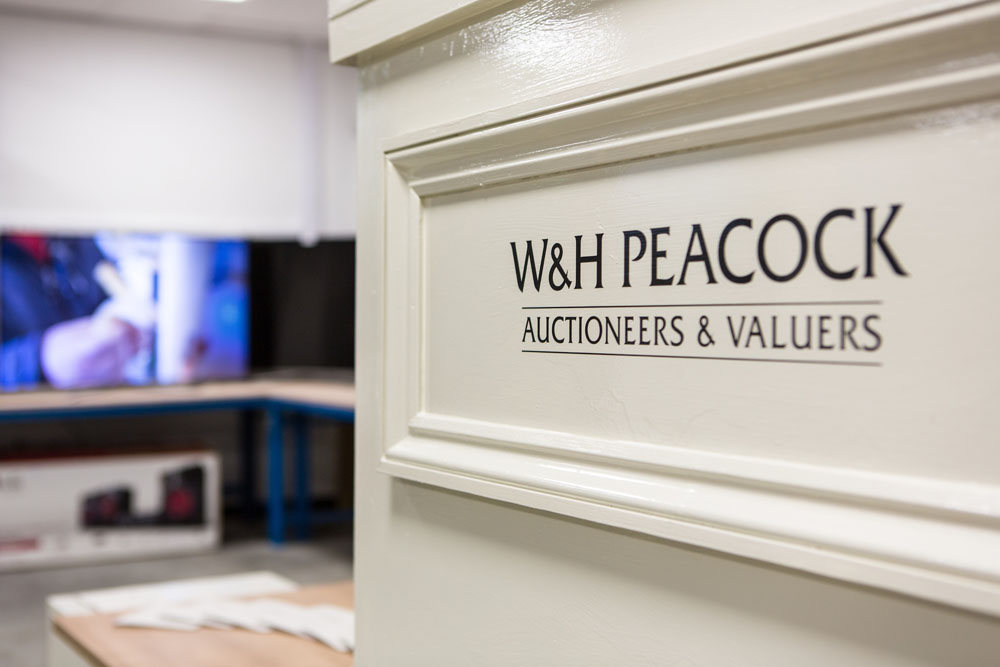Auction Glossary
The world of auctions has many unique and unsual words that are often not found outside the saleroom.
Below are a number of these commonly used terms which first time buyers may find useful.
An instruction from a client for the auctioneer to bid up to a given maximum.
The HMRC approved scheme through which most second hand lots entered by individuals are sold at auction. This does not apply to lots marked up with VAT stickers that are entered by VAT registered vendors.
An amount offered by a client for a lot within the sale.
An amount charged by the auctioneer to the buyer on top of their bid price on any given lot.
Latin for "Let the buyer beware!"
This is a more detailed description or pictures of a lot given to prospective buyer's on request from the auctioneer. This may give additional details of the auctioneer's opinion of wear, damage and restoration but a condition report is no substitute for viewing the object in person.
The highest bid when the gavel falls, before additional charges.
An item or group of items offered for sale as a single entity.
Where a series of identical lots are offered for sale, the winning bidder may choose one or more of these lots each at the same price.
The minimum price at which the seller is prepared to sell.
Lots may sometimes be recorded as " sold as seen "; " faulty / F " or " all faults / as found / A.F. ". These terms can be used in an auction catalogue to draw attention to a lot which has been identified as faulty. This does not however mean that other lots in a sale are in perfect condition or free from faults.
A charge deducted by the auctioneer against a lot before paying out the vendor.


